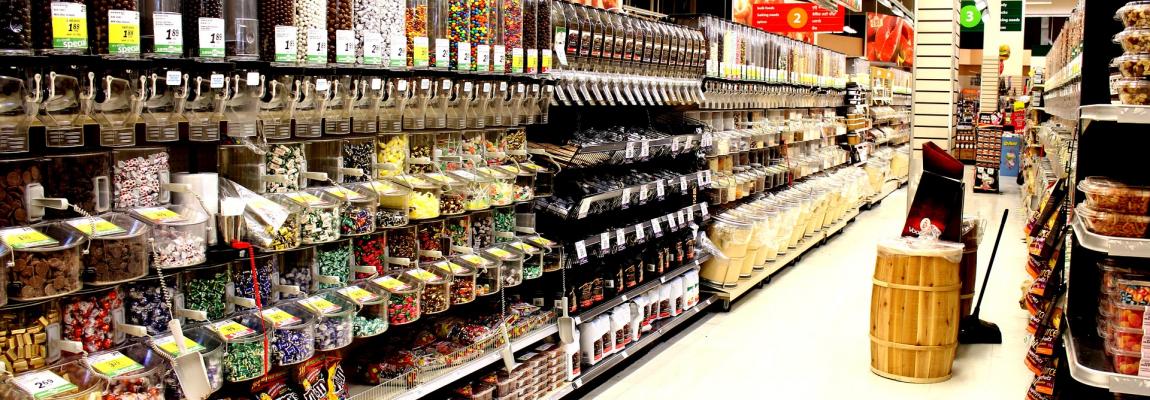
Sensory benchmarking of food products
Instrumental sensory analysis is an efficient and reliable tool for competition benchmarking studies
04/05/2017

Competitive benchmarking, which consists of comparing one’s products or processes to the leaders’ ones, is a technique commonly employed by companies. This type of studies allows to position one’s products in the market versus competitors and to give indications in order to improve, re-engineer or re-formulate products.
An efficient and reliable method for getting detailed sensory information about target competitive products consists of using electronic nose, electronic tongue and electronic eye instruments. By measuring the sensory characteristics of food products with sensory analysis instruments, the sensory profiles can be compared and sensory differences (odor, taste, visual aspect) can be characterized. This help to re-formulate an existing recipe by retro-engineering technique.
One of our customers provided us several competitive brands of sausages including their own product, with an aim to compare their sensory features. For this sensory benchmarking study, our laboratory analyzed the sausages with HERACLES electronic nose, ASTREE electronic tongue and IRIS visual analyzer.
The results showed that the major differences were related to odor and flavor characteristics, and very probably to the presence of fennel in competitive products. The taste of the sausages proved also to be well differentiated, especially on salty, sweet, umami and sour attributes. Finally, the evaluation of the overall visual aspect highlighted significant differences in terms of colors and color distribution, as well as a high variability in the visual aspect of some products.
For more information on the instrumental sensory benchmarking of food products, request application note ANHTI02 about the comparison of the sensory attributes of various brands of sausages.
